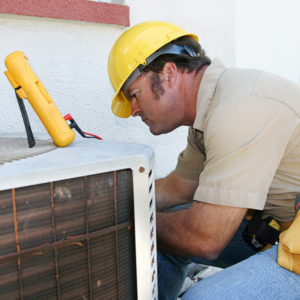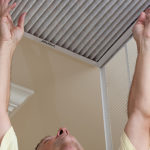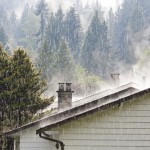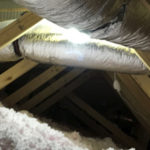 This summer has already seen record-breaking temperatures all across the globe. At a bare minimum, your customers’ homes need proper ventilation, so the excess heat has somewhere to go. They also need a well-insulated building envelope to keep the cool air inside. But, to withstand the heat, in a growing number of homes, air conditioning has become a necessity.
This summer has already seen record-breaking temperatures all across the globe. At a bare minimum, your customers’ homes need proper ventilation, so the excess heat has somewhere to go. They also need a well-insulated building envelope to keep the cool air inside. But, to withstand the heat, in a growing number of homes, air conditioning has become a necessity.
That means, now that we’re in the thick of the summer heat, HVAC technicians will have an increase in air conditioner service calls, and will need to know what to look for to determine whether refrigerant charge is a problem.
Air conditioning units should have enough refrigerant to last the lifetime of the equipment, but that’s not always the case. Refrigerant leaks are all too common. Here are some of the most common indicators of a leak:
• Equipment is not running as efficiently as it should
• Condenser fan is producing cooler temperatures than it should
• Ice is present on the coils
• The equipment is leaking an oily residue
If your customer’s equipment is showing any of these signs it may need to be re-charged. But before you start adding refrigerant, you need to be certain that it’s required.
Depending on the type of unit you’re working on, you’ll need to check either the superheat or the subcooling numbers.
Superheat is the amount of heat a refrigerant absorbs after the liquid is converted into a gas. It’s used for units with a fixed orifice device in the evaporator coil. The target superheat number can be obtained from the manufacturer or from tables provided by your regional regulatory body.
Generally, a range of several degrees is considered acceptable.
Subcooling is the amount a refrigerant is cooled after it condenses from a gas to a liquid. Subcooling is used to determine that the refrigerant in the liquid line is a liquid state. Get the subcooling numbers from the equipment manufacturer. As with superheat, a range of several degrees is typically acceptable.
Metering devices should always be checked as well because they are prone to failure and are often installed incorrectly. To check a metering device, your best approach is to measure the superheat. This is because metering devices generally maintain a constant superheat in a wide range of operating conditions.
You may also want to look at the saturation, a term used to describe when the refrigerant exists in both gas and liquid forms. Saturation temperatures vary based on the refrigerant, but they are always the same for each type of refrigerant. You can measure saturation by measuring the pressure and comparing it to the pressure table (PT) for that refrigerant.
On a heat pump system that provides both heating and cooling services, you can charge the refrigerant in both heating and cooling mode, though cooling mode is recommended.
An overcharged system
A unit that is overcharged will have a low superheat temperature and a high subcooling temperature. With low superheat, there is a risk of the refrigerant passing through the evaporator too quickly with liquid refrigerant finding its way back to the compressor. This can cause the compressor to fail. High subcooling will also damage the compressor.
An undercharged system
Subcooling will be low in an undercharged system as well. One symptom of an undercharged system is excessive noise caused by vapor bubbles in the liquid line. When the refrigerant charge is 20% below its optimal level, the equipment will start to lose its cooling capacity and it will run less efficiently. Anything higher than a 20% deficit in refrigerant is unacceptable. If you notice frosting on the evaporator coil, chances are good you’re looking at an undercharged unit.
Overcharge and undercharge are equally damaging to equipment, so it’s important that you take all the measurements you can before charging refrigerant.





